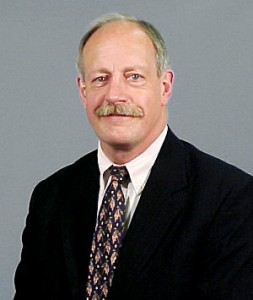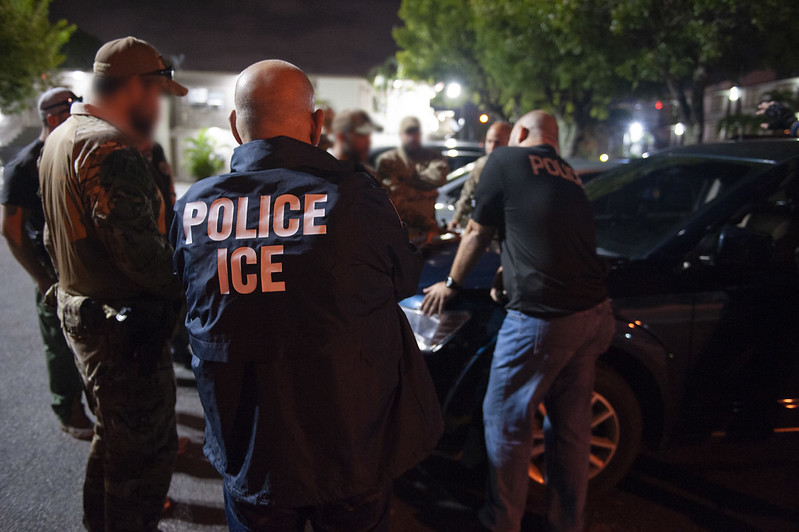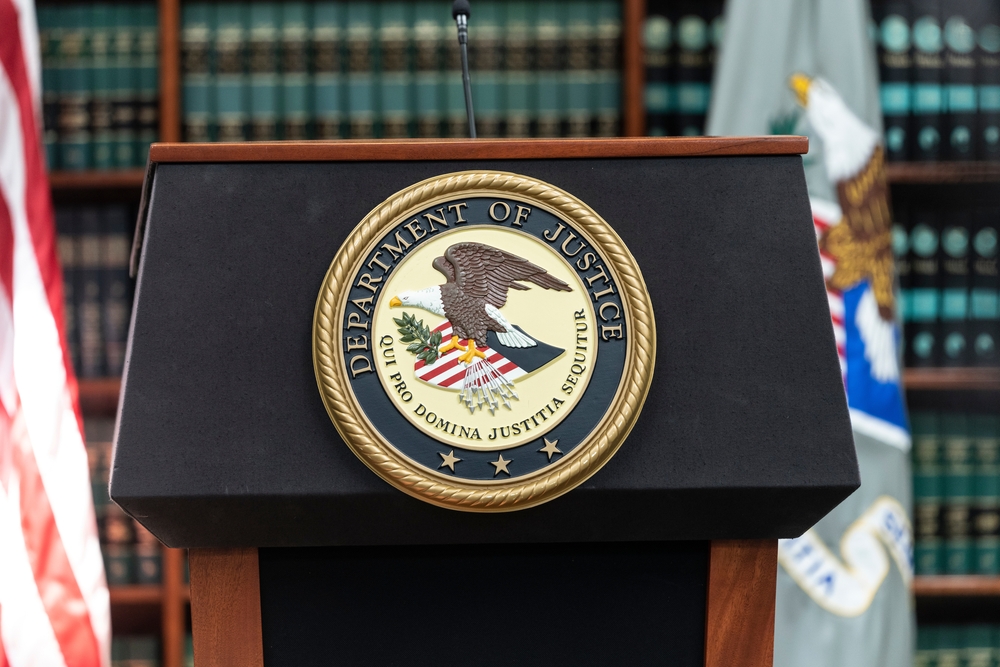Greg Stejskal served as an FBI agent for 31 years and retired as resident agent in charge of the Ann Arbor office.
By Greg Stejskal
ticklethewire.com
Jack Clingingsmith had what any car guy would consider a dream job. He was the executive in charge of testing for Buick at the General Motors proving grounds.
GM’s Milford, Michigan proving ground, when it opened in 1924, was the auto industry’s first dedicated testing facility. Today the sprawling 400 acre complex has over 100 buildings and about 132 miles (212 km) of roads. Those roads replicate all types of conditions found on streets and highways throughout North America – from dirt tracks to four lane interstate highways. There are also specialty surfaces to test traction, anti-skid and brake technology.
In 1984 despite Clingingsmith’s dream job, he had serious personal financial problems.
Part of Clingingsmith’s duties was to dispose of test cars after they were no longer of use. Some of these cars were one-of-a-kind prototypes and some had experimental parts using developing technology. For obvious reasons, these cars were not to be sold or driven by unauthorized people. Consequently, the cars were to be destroyed by having them crushed when they were no longer needed for testing.
A crushed car at that time was worth about $90 as scrap metal. However, if the cars were sold for parts, they could bring $1-2,000 each. Clingingsmith had an idea as to how to alleviate his financial problems. He would sell the cars for parts rather than having them crushed. GM wouldn’t know, and he would keep the difference.
In order to do this, he would need to obtain phony documentation to show the cars had been crushed. Part of the disposal process involved having the cars vehicle identification number (VIN) plates removed. Clingingsmith would turn in the VIN plates and advise GM and the Michigan Secretary of State that the cars were destroyed.

So that Clingingsmith didn’t have to deal with the scrap/auto parts dealer directly, he recruited an associate, Ingo Nicolay, to act as a middleman. Nicolay was the general manager of Johnson Motors, a Pontiac dealership in Holly, Michigan. Clingingsmith knew Nicolay because Johnson Motors had for years done body work on cars GM maintained for their executives.
Nicolay agreed to participate in the scam and in turn recruited Donald Holloway, the owner of Holloway Auto Parts in Flint, a city just north of Holly and once the home of Buick. Holloway was more than willing to buy low mileage, well maintained used cars to be used for auto parts. He was also willing to provide fake bills of sale showing the cars had been crushed.
Between November, 1984 and December, 1985, 14 test cars (13 Buicks and one Oldsmobile) were reported by Clingingsmith to have been destroyed. Actually they had been sold to Holloway for parts.
The conspiracy seemed to be going well, and all the conspirators were happy, but one of them was especially happy.
Even A Better Idea
Holloway upon taking delivery of these pristine used cars had an epiphany – why disassemble these cars to sell for parts when they could be sold whole. These cars hadn’t been reported stolen; in fact, there was no record they even existed. But it probably wouldn’t be wise to sell them locally.
Holloway had done business with a dealership, Fann’s Auto Sales, in Manchester, Tennessee. Holloway told the people at Fann’s that he had a source for “assembled” GM cars. Assembled cars were cars that were built from parts of two or more cars. (This was usually as a result of the cars having been extensively damaged in an accident.) For that reason the VIN plates had been removed. There was a provision under Tennessee law that allowed for assembled cars to be registered and assigned a new VIN.
Fann’s dealership purchased the cars from Holloway for about $7,500 each. After registering the cars and receiving new VINs, Fann’s sold the cars as assembled cars to unwary buyers.
All would have been well except one of the car buyers was working on his car and couldn’t understand why one of the parts was not the part specified in the car’s maintenance manual. He called GM to ask them about the part.
The buyer was connected with an engineer who realized that the questioned part had never been used in production. It was a test part.
All motor vehicles have public VIN plates. The most readily visible one is affixed to the dashboard under the lower left side of the windshield. But vehicles also have discreet or hidden VINs. Their locations are not generally known, and they are hard to remove. Using one of these VINs, it was found that the car in question was a test car and was supposed to have been destroyed.
GM contacted the Michigan State Police who learned with assistance of Tennessee police that Fann’s Motors had purchased the car in question from Holloway in Flint along with 13 other cars.
Because the cars had moved in “interstate commerce” between Michigan and Tennessee, MSP contacted the FBI. We interviewed Holloway who was not initially forthcoming, but we convinced him it was in his best interest to cooperate. He disclosed that he had bought the cars from Nicolay. Holloway also said that he had provided Nicolay with documentation indicating the cars had been crushed.
We then talked to Nicolay. Nicolay told us that Clingingsmith delivered the cars to him, and he drove them to Holloway. Both Nicolay and Holloway admitted they knew the cars had come from GM proving grounds and were supposed to be destroyed.
Finally, Clingingsmith was interviewed. He admitted he had established the conspiracy and his role in it. He thought Holloway had disassembled the cars and was surprised to learn they had been sold whole in Tennessee.
Because of the nature of the cars, they all had to be tracked down and seized. GM was willing to compensate the innocent buyers for the cars, but some of the buyers were reluctant to give them up. Two of the buyers were Tennessee state’s attorneys, prosecutors, and one was a Drug Enforcement Administration agent. Another buyer had bought a 1985 Buick Riviera convertible, a collector’s item as no Riviera convertibles were made in ’85. This one had been a hardtop that GM engineers had custom converted to a convertible. For a while it was reportedly driven by Roger Smith, who was CEO of GM (later demonized by Michael Moore in his documentary, “Roger and Me”).
When the case was presented for prosecution, we realized there was a problem. What Clingingsmith had done with the cars was legally speaking not theft. We had initially planned to charge all three with conspiracy to transport stolen cars interstate, the Dyer Act. Instead, we found an alternative violation, a 1984 federal statute, “trafficking in motor vehicles without vehicle identification numbers” (18USC2321).
In January 1987, Clingingsmith, Nicolay and Holloway pleaded guilty to conspiracy to traffic in motor vehicles without VINs. Because this was viewed as a less serious crime and the conspirators were first time felons, they received relatively light sentences – less than a year jail time with three years probation and were required to pay about $60,000 in restitution.
Clingingsmith no longer had his dream job and his financial woes had returned. Supposedly the ’85 Buick Riviera custom convertible was destroyed.





